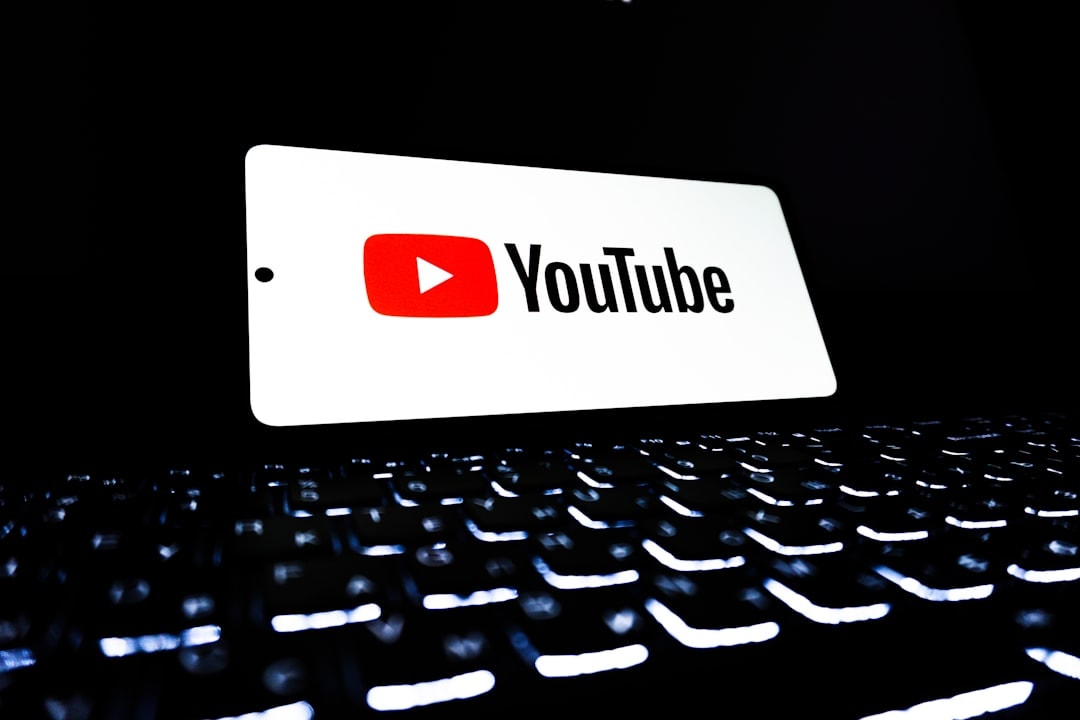As video content becomes increasingly important in digital marketing, mastering Search Engine Optimization (SEO) for YouTube is essential for achieving visibility and growth. YouTube is the second-largest search engine in the world after Google, and optimizing your content ensures that your videos reach a broader and more relevant audience. In this guide, we’ll look at proven SEO techniques to help your videos rank higher on YouTube and, by extension, in Google search results.
1. Perform Thorough Keyword Research
Before uploading any video, identifying the right keywords is your foundational step. Use tools like Google Keyword Planner, TubeBuddy, or VidIQ to find high-search, low-competition terms relevant to your niche. Think like your audience—what would they type into the search bar to find content like yours?
Incorporate your targeted keywords naturally into the following elements:
- Video title
- Description
- Tags
- Filename before uploading
Pro Tip: Long-tail keywords (phrases with three or more words) tend to convert better and face less competition.
2. Optimize the Video Title
Your video title is the first thing viewers and search engines see. Make sure it’s catchy, clear, and includes your primary keyword. Keep titles between 60–70 characters to avoid being cut off in search results.
Example: Instead of “Learn SEO,” try “How To Use SEO To Rank Your YouTube Videos Higher.”
3. Craft a Detailed Video Description
YouTube’s algorithm can’t watch your video—but it can read your description. A well-structured description not only improves SEO but also gives viewers context. Aim for at least 200 words.
Include the following:
- Main keywords in the first 1–2 sentences
- Relevant links to your website or related content
- Timestamps for navigation
- Call-to-action (CTA) encouraging likes, comments, and subscriptions

4. Use Tags Strategically
Tags tell YouTube what your video is about and help it appear as a “related video” in sidebars. Include a mix of broad keywords and focused, niche-specific terms. Don’t stuff irrelevant tags—YouTube’s algorithm penalizes for that.
5. Create Custom Thumbnails
While not a direct ranking factor, thumbnails significantly impact click-through rates (CTR), which in turn affects YouTube SEO. Use high-quality images, readable text, and consistent branding to attract viewers’ attention.

6. Encourage Engagement
YouTube values audience interaction highly. The more likes, comments, shares, and watch time your video gets, the more likely it is to rank well. Always encourage your viewers to engage by asking thoughtful questions or suggesting comments.
Engagement signals that influence rankings include:
- Watch time
- Average view duration
- Comments and replies
- Shares and embedded views
7. Add Closed Captions and Subtitles
Captions make your videos more accessible and help YouTube understand your content better. Avoid relying solely on auto-generated captions—edit them for accuracy or upload your own transcript.
This also benefits your SEO by giving YouTube and Google more text-based content to index.
8. Optimize Channel Settings
Your video doesn’t exist in isolation—your channel also needs to be optimized. Include keywords in your channel description, maintain a consistent posting schedule, and organize your content into relevant playlists. Consistency and structure help build trust with your audience and with YouTube’s algorithm.
9. Share and Embed Proactively
Amplify your video’s reach by embedding it in blog posts, sharing on social media, and including links in newsletters. External traffic can positively impact its ranking on YouTube.
10. Monitor & Improve with Analytics
Use YouTube Analytics to evaluate your video performance and adjust your SEO strategies. Key metrics to track include:
- Traffic sources
- Audience retention
- Impression click-through rate
- Playback location
Regularly reviewing and analyzing this data allows continuous improvement of both content and optimization efforts.
Conclusion:
Ranking high on YouTube requires more than just uploading great content. By integrating smart SEO practices—from keyword research to promoting viewer engagement—you can significantly improve your video’s visibility and long-term performance. Master these strategies, stay consistent, and watch your YouTube presence grow sustainably.

